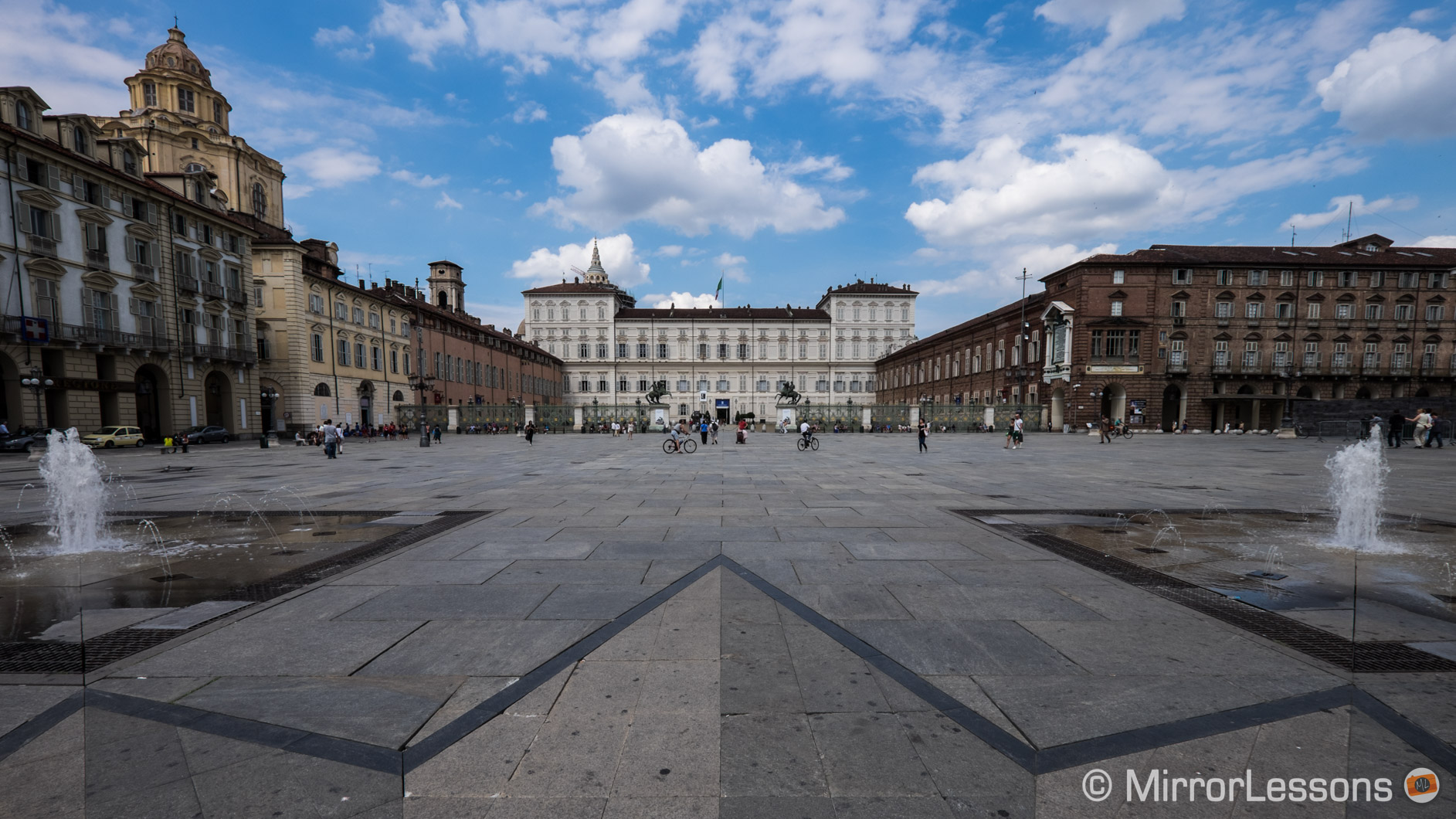Too often I’ve wandered aimlessly around Turin with a standard 35mm or 50mm equivalent attached to my camera, hoping in vain that the buildings, monuments, streets and people will somehow reveal an unknown facet of themselves to me to cure the monotony of the daily shoot. Don’t get me wrong: I love being out on the streets of this vibrant city with a camera in my hand but sometimes, everything around me, regardless of how beautiful, tends to lose its significance. I believe this is a common ailment called photographer’s block.
The silver lining is that usually, all it takes is a different focal length to get a photographer’s creative juices flowing again.
To be limited to a given field of view is to see the world with a renewed vision. For example, if you tend to walk around with a 35mm equivalent on your camera, you will naturally find yourself trying to capture people and situations, as it is a focal length that is both too wide for details and too narrow to capture landscapes and vast scenes. By changing your focal length, your attention will move away from the subjects you were repetitively shooting before and shift towards something new, all without changing locations. It is a simple yet brilliant strategy for those who don’t have the opportunity to frequently travel to new places.
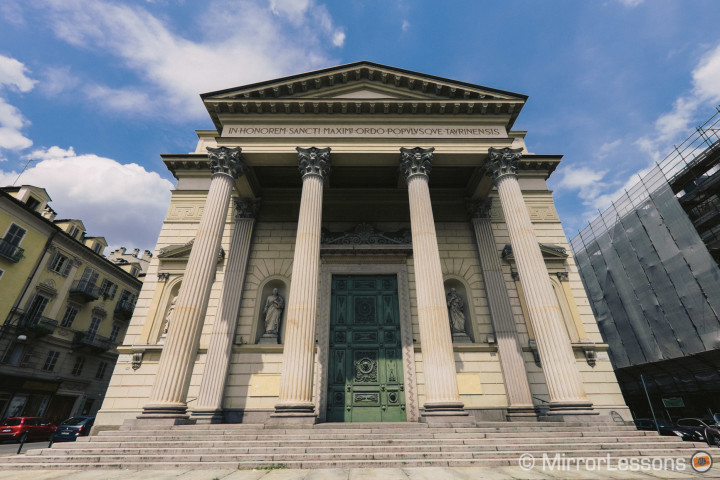
I employed this strategy today when I went out for a long walk around the city with the Fujifilm X-T1. Instead of playing it safe by picking up the XF 35mm f/1.4 (50mm equivalent) I’ve grown so fond of using, I tentatively reached out and grabbed the XF 10-24mm f/4 before I could change my mind.
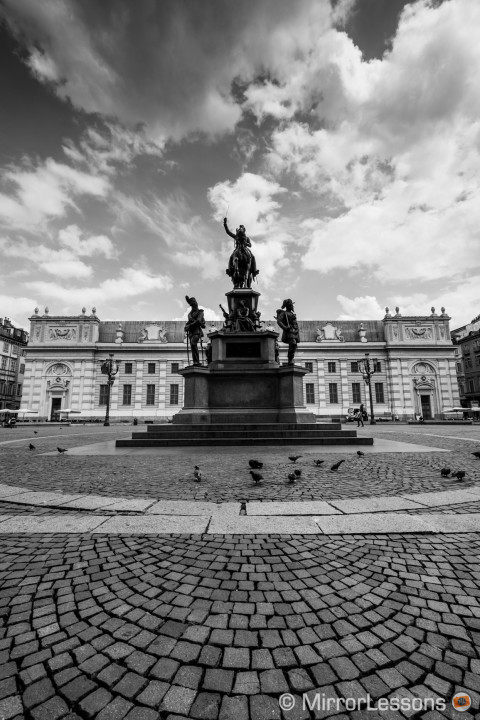
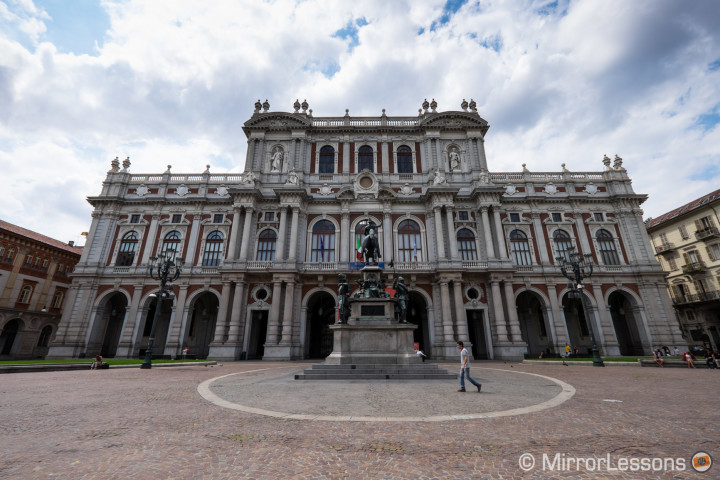
Though Mathieu had put it through the paces in the Cinque Terre, I had never actually used it myself, so it was an exhilarating experience using a lens that wide. Suddenly the piazzas and municipal buildings that had been impossible to capture in their entirety were filling my frame with room to spare. I found myself enthusiastically trotting from landmark to landmark, finally taking those images I had only ever imagined in my head. In a way, it was an asset that I knew the city so well as I knew exactly where to go, what to shoot and in which order.
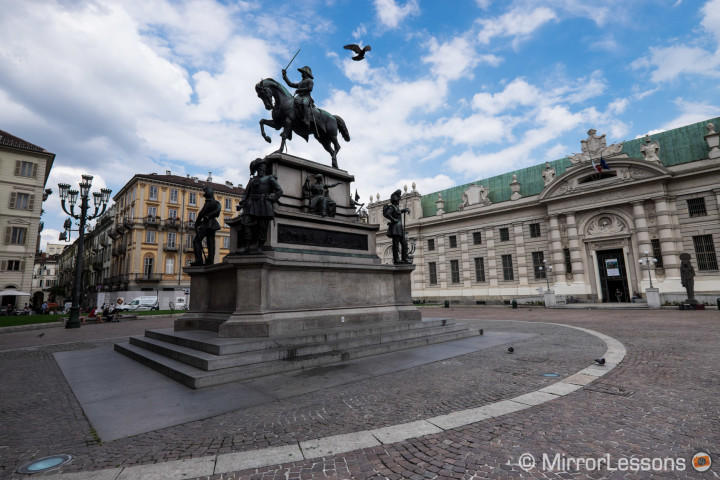
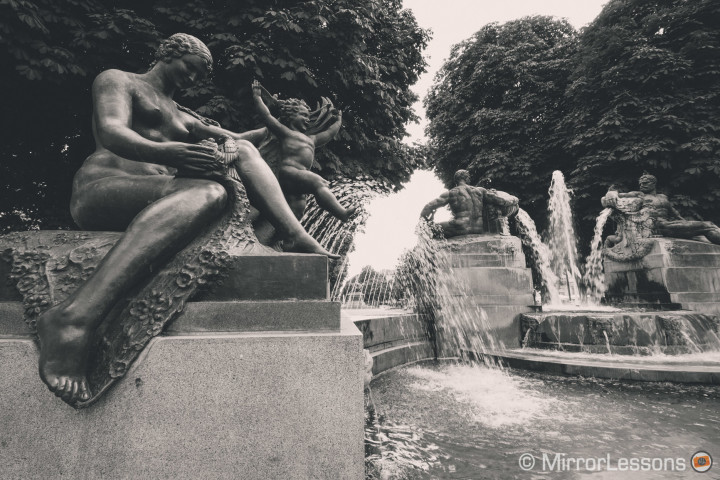
Something with which I thoroughly enjoyed experimenting was the use of lines to create an interesting composition. A wide angle lens like the 10-24mm when used its most extreme angle will turn any linear pattern on the pavement into an effective and dramatic leading line as you can see in the examples below.
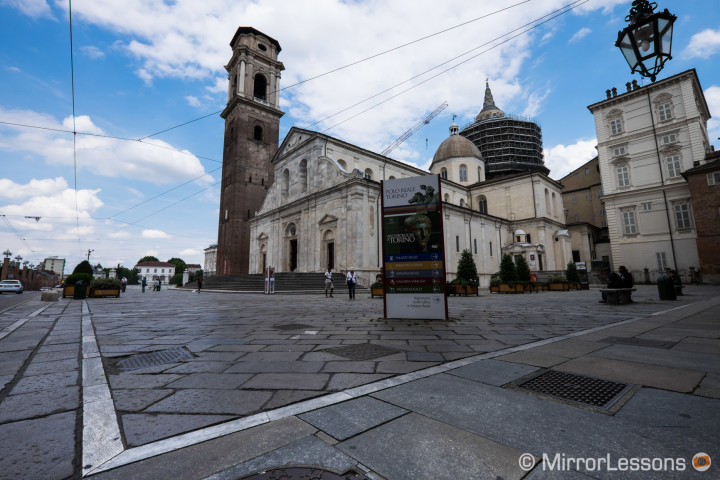
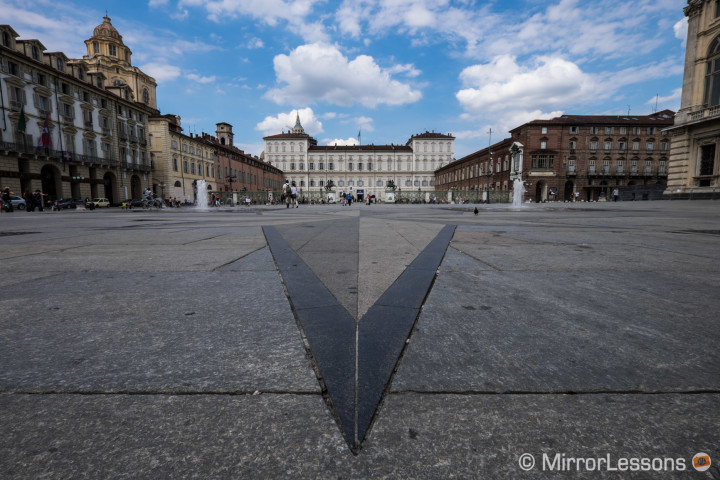
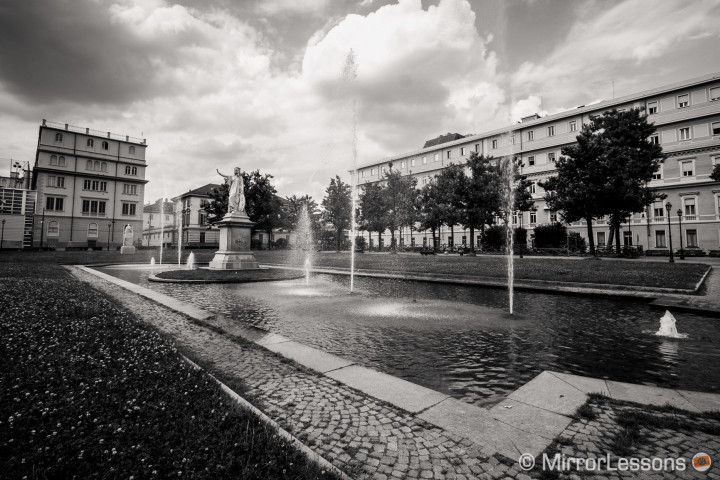
The biggest challenge, on the other hand, was getting the composition perfect in camera. With an extreme wide angle zoom like this, any cropping done in post-processing could at best alter the composition, and at worst, give a strange appearance to your images due to the distortion at the edges not being uniform. The “less cropping the better” rule actually applies to any focal length, but is especially important to remember with wide angle photography. To make sure that I got the composition right, I took multiple shots of the same scene using the viewfinder’s static grid and virtual horizon function (electronic level indicator) to align the camera with the horizon line.
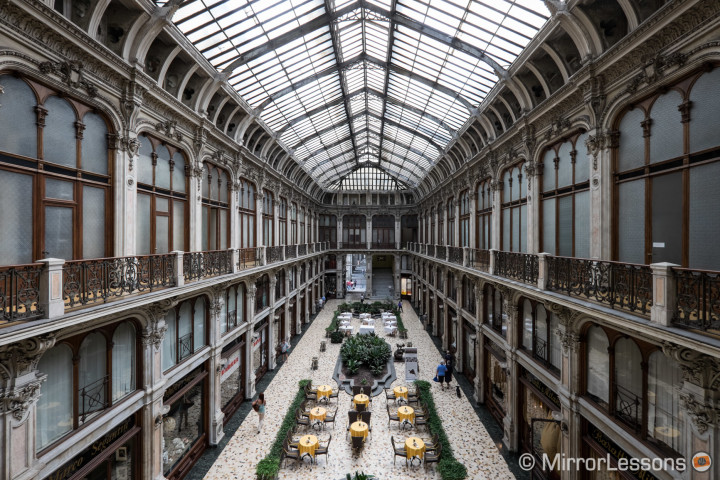
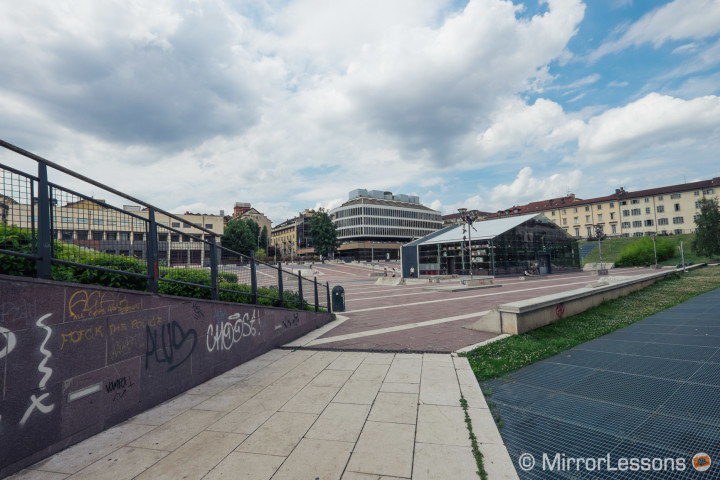
I found that this lens really forced me to slow down and think about the various elements of my composition. It often took a few tries to figure out which elements positively contributed to the image and which were extraneous.
Though I will undoubtably continue to use standard lenses for most of my street photography, I feel like my eyes have been opened to new and exciting possibilities thanks to the XF 10-24mm f/4. It is definitely a lens that I am glad has a place in our collection for the time being.
At this point, I leave you with the question: has changing focal lengths ever helped you get out of a photography rut? If so, share your story with us in the comments section!
